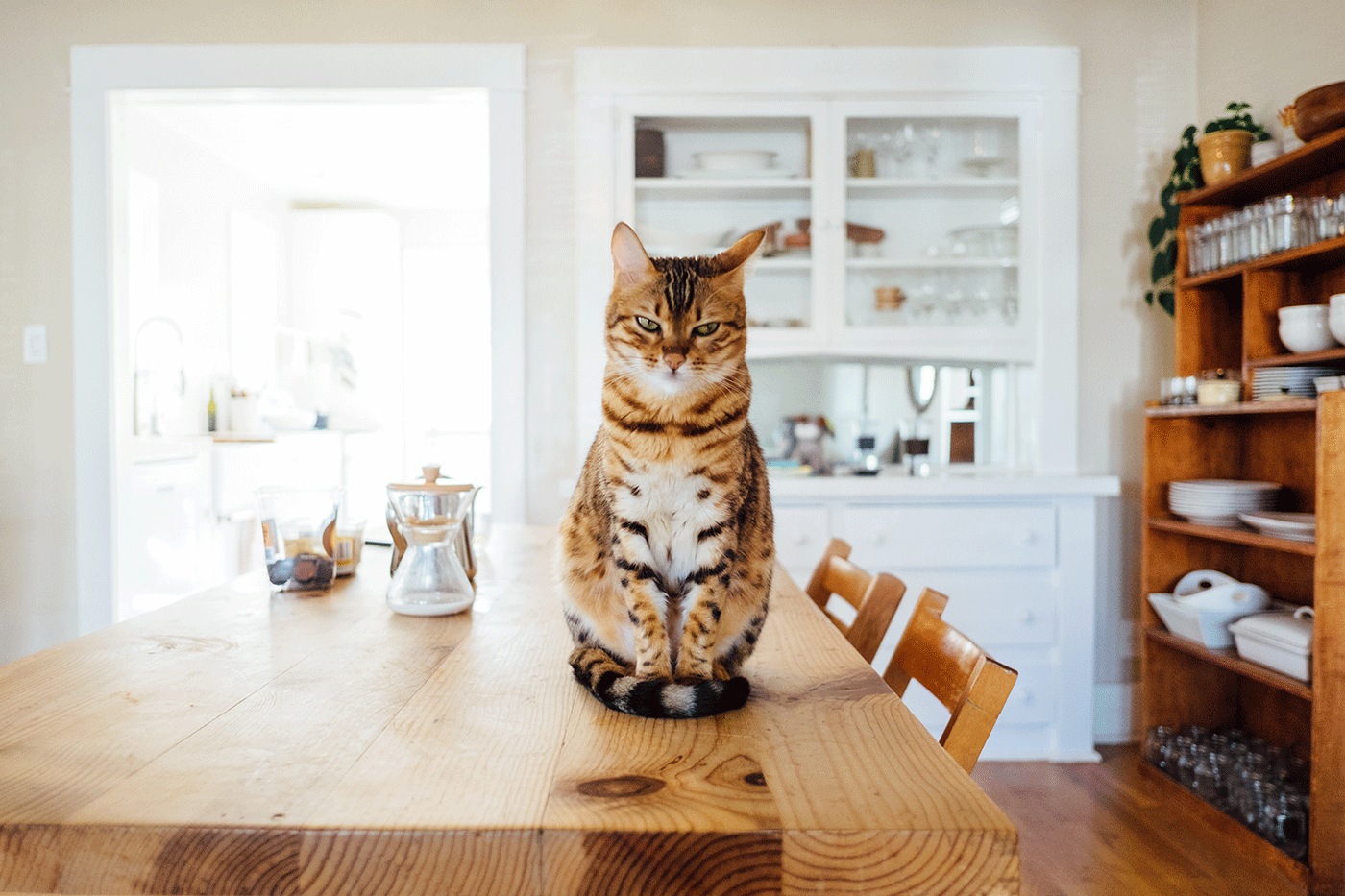How to End Corporate Rule:
- 6 Tips for Sustainable Pet Care
- Share

6 Tips for Sustainable Pet Care
Low-cost and natural ways to care for your critters.
1. The Perfectly Sustainable Pet
Whether kept on a farm or a city rooftop, chickens are the most sustainable pets. They love hunting for garden slugs, and they’re walking composters that will transform kitchen scraps into glorious fertilizer—and a bounty of eggs. If you buy young chicks, make sure they’re hens—unless you want roosters crowing at dawn and irate neighbors. To raise a tame chicken, get it used to human contact by keeping your hand near the feed while it eats, and holding it regularly. You might end up with a friendly lap chicken rather than a lap dog.
2. Low-Cost Vet Care
The Humane Society recommends a pet insurance plan to help meet the cost of unexpected veterinary treatment. The website also lists organizations in all 50 states that offer free or low-cost animal health services, including spay/neuter clinics. Local vet schools may also offer low-cost clinics. Go to humanesociety.org, avma.org.
3. Adopt a Mutt
Puppy farms aren’t green, and neither is the fact that 4 million stray cats and dogs are put down each year. Why not adopt a lovable mutt instead of buying a purebred?
4. Flea-Free Home
A flea infestation is misery, but commercial “bug bombs” fill your home with potentially hazardous organophosphates. Try controlling the local flea population by using a combination of non-toxic methods. Grooming your dog, cat, or rabbit regularly with a flea comb is a good start. As the fleas are caught in the comb, deposit them in soapy water to prevent them jumping back onto your pet.
Fleas lay their eggs in the environment rather than on the animal, so cleaning up dust, debris, and pet hair will also help. Wash pet bedding and vacuum every five days, and get the vacuum bag out of the house before those tiny flea eggs hatch. You can freeze or burn the bag contents to destroy the eggs. Using a wet vac with slightly soapy water is an efficient way to capture both stray fleas and eggs. “Natural” or “food grade” diatomaceous earth (not the kind used in swimming pool filters) is safe to use in areas that can’t be reached by a mop or vacuum—the fine powder dehydrates fleas.
5. Toys and Treats
Give small wildlife a break—keep your cat indoors at dusk and dawn, when cats are most likely to hunt, and channel some of that hunting instinct into active play. The recycling bin can be a source of cat amusement. Twisted paper bags are good for a game of pounce, and a cardboard box can be an alluring hiding place. Recycle when your cat becomes bored.
6. Waste Not
Leaving dog or cat waste where pets drop it might seem like a natural alternative to putting it in a plastic bag and dumping it in a landfill, but harmful bacteria from pet waste may seep into local groundwater, be swept away in rainwater runoff or, if flushed, survive sewage treatment and eventually contaminate streams, lakes, or bays. Some pet owners compost pet waste in a miniature outdoor septic tank. For cats, make sure you’re using litter made from materials that can be easily composted—such as corn, wheat, or recycled newspaper, rather than unsustainable clay.
In Alaska, where dog sledding is the official state sport, owners are advised to compost dog waste from their kennels for the least environmental impact. An excellent guide published by the USDA gives clear instructions on building simple pet waste compost bins, and the conditions to create high temperatures for efficient composting—even in the cold Alaskan climate. Find it at ak.nrcs.usda.gov/compost.html.


